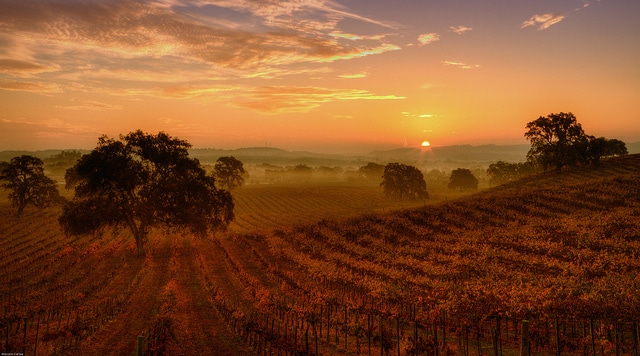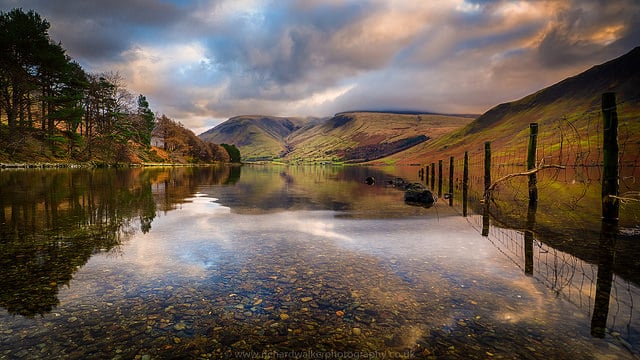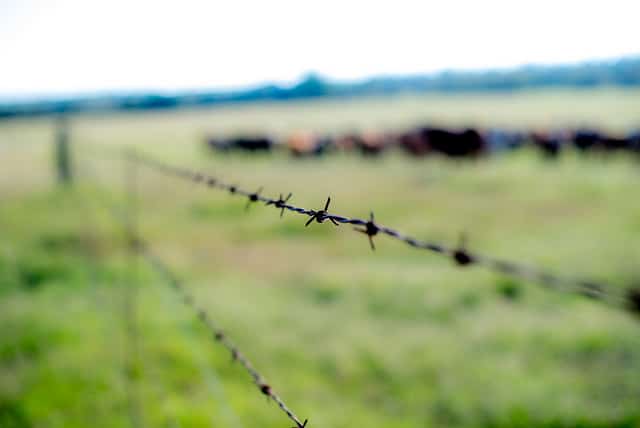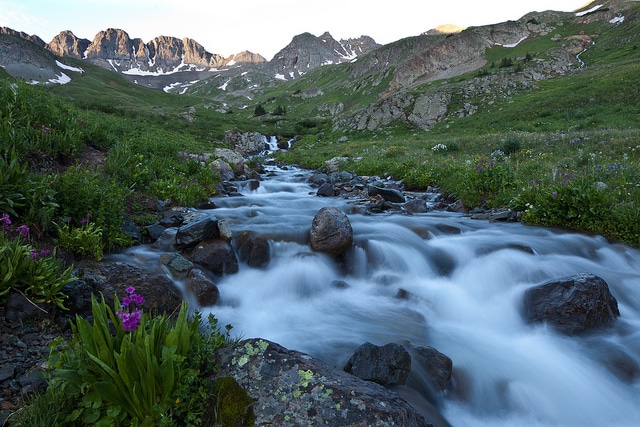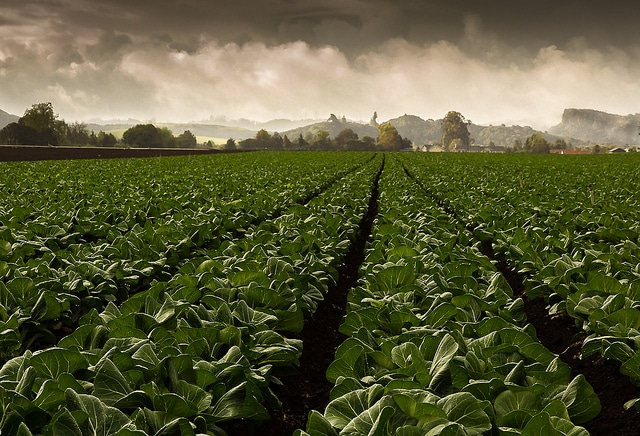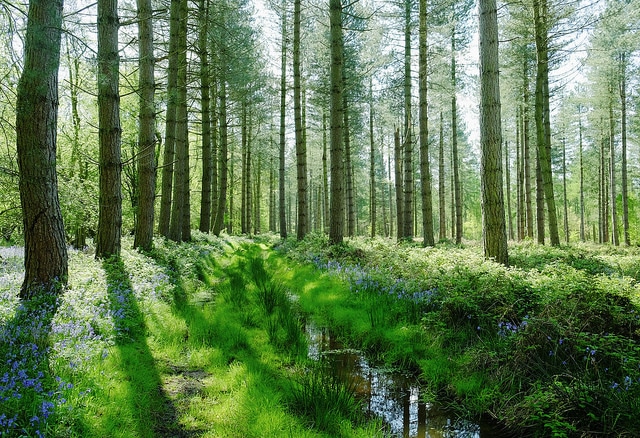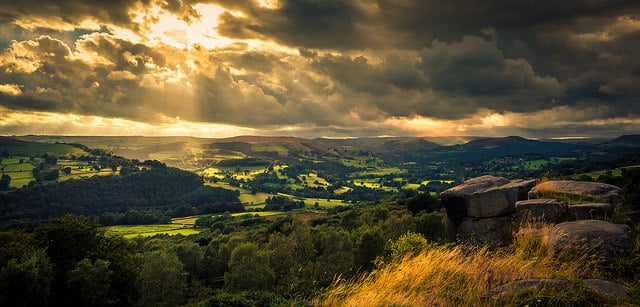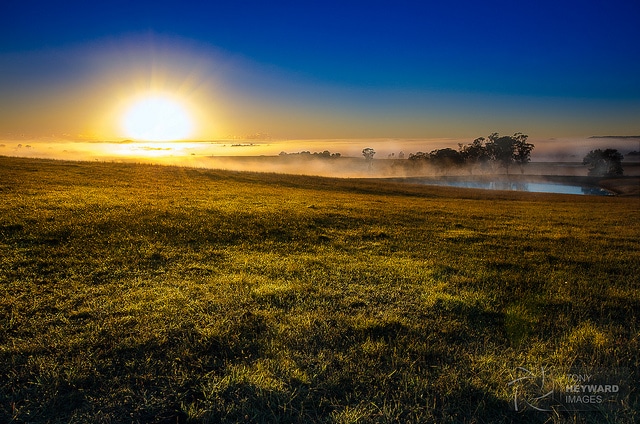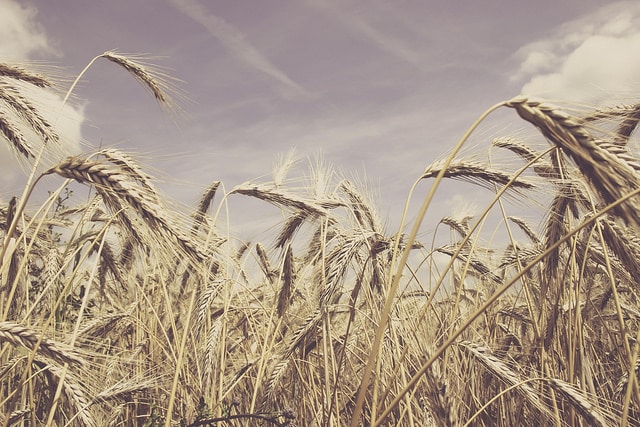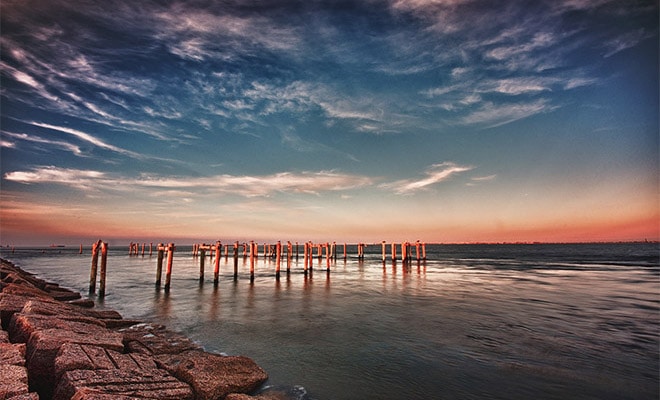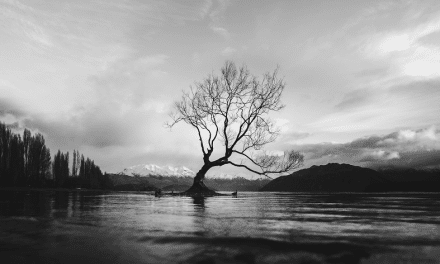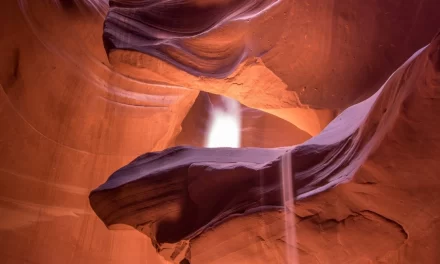Famed photojournalist Robert Capa once said, “If your pictures aren’t good enough, you’re not close enough.” While it’s easy to see how this advice would apply to portrait or even macro photography –you may be surprised to learn that it’s relevant for landscape photography as well.
For landscape photographers, it’s easy to focus on the bigger and more spectacular elements –such as looming mountain ranges or the sweeping vistas –and overlook the small, yet important details. Often, though, these fine details are exactly what are needed to take your images up a notch. Incorporating fine details into your landscape photography is an excellent way to anchor your compositions, and some context to your photos, and create some spectacularly beautiful images.
If you find that your compositions feel flat or one-dimensional, looking to include the right details can help you to create images with a sense of distance and scale. Instead of trying to fit everything into one shot, here’s how getting closer –and incorporating smaller, finer details can help you to make your images more powerful.
1. Choose Your Details Intentionally
One classic mistake that’s easy to make with landscapes, is trying to fit everything in! While it may be true that there are plenty of interesting details that you want to include in your image, the best images, in most cases, have a clear and well-defined main point of interest. Once you have your focal point, you can start building your image, making sure every detail you include is only there to help enhance the main point of your composition.
2. Isolate Key Details
By isolating key details, or intentionally focusing on them, you can create a powerful, eye-catching image. Look for details that would otherwise go unnoticed, for instance, rocks, seaweed or shells on the seashore; or leaves or fallen logs in the woods. Getting closer to elements that catch your eye and incorporating them into the foreground or even using them as the main point of interest in your composition will allow you to create powerful and dynamic images.
→ Related reading: How to Use Foreground Elements in Compositions
3. Consider Focusing on the Sky or the Land
You don’t have to include it all! Sometimes, choosing to focus specifically on either the sky or the land will allow you to create a more dynamic and balanced image. In situations where a cloudless sky is drawing the attention away from the dramatic landscape, don’t feel bad about composing your shot to leave most of the sky out. In some cases, focusing on the elements that captured your attention in the first place will allow you to include all of the right details, resulting in a more striking image.
4. Look for Leading Lines
Leading lines are everywhere –and these lines can be a great way to add more detail to your compositions. Once you have a focal point in mind, look for leading lines that will direct attention on toward the main point of interest. Keep in mind, too, that in addition to helping direct your focus on toward the focal point, leading lines can be a valuable detail in and of themselves, with different lines lending a different feel to the resulting composition. While horizontal lines can imply stability, vertical lines tend to convey growth, and diagonal lines –such as a jagged coastline or mountain range tend to look dramatic and foreboding.
5. Adjust Your Perspective
Sometimes, adjusting your perspective can reward you with an entirely new image, allowing you to capture details that you would have otherwise missed. While there’s nothing wrong with an ordinary landscape, if your image is “flat” or lacks detail, try getting down low and including some foreground, going higher to adjust your perspective, or even moving to the left or right to include some additional details in your composition.
→ Related reading: How Perspective Impacts Landscape Photography
6. Follow the Light
The lighting will have a significant impact the resulting details in your images. The best time of day for drawing out fine details of the landscape is, by far, early morning and late afternoon. During these times of day, the sun shines on the earth at a lower angle; resulting in interesting shadows, drawing out details of the landscape, and adding interest and depth to your compositions. This type of lighting is especially ideal for capturing ripples in the sand, for instance –or for emphasizing the shape of rolling hills. In most cases, you’ll want to avoid the midday sun when looking to capture landscape images. Harsh lighting conditions make it difficult to draw out the smaller details.
7. Be Aware of Atmospheric Conditions
Don’t overlook the impact that different atmospheric conditions can have on your resulting images. The morning mist rising up from a valley, the afternoon reflections on a crystal-clear lake, or the wind gently rippling the surface of a lake, are all excellent opportunities for landscape images. Oftentimes, the best –and most eye-features in an image are details that could have easily gone unnoticed. Being in tune with your surroundings, and aware of the best times of day, and weather conditions for capturing different elements –like reflections, mist, and ripples –can help you to create some truly spectacular images.
When it comes to landscape photography, it pays to be creative. Oftentimes, the most fascinating details are things that might not be obvious at first glance. Try different perspectives, get closer to include more foreground, or try a different angle. Experiment with a different lens. Scout out new locations ahead of time, and pay attention to the lighting at different times of day, as well as the direction of the sun. Try to think outside of the box –you may be surprised at the impact that subtle details can have on your landscape images!
How do you add details to your landscape images?
Photo license links: CC BY 2.0

